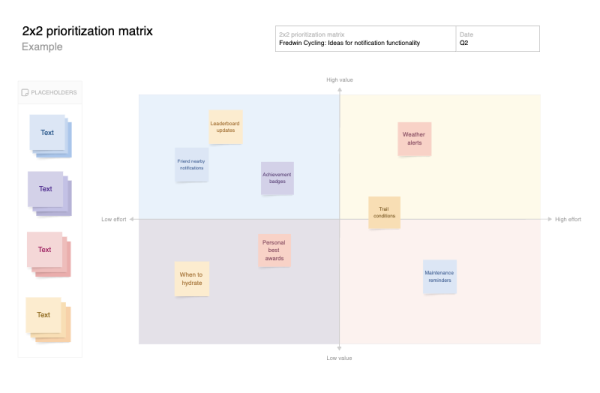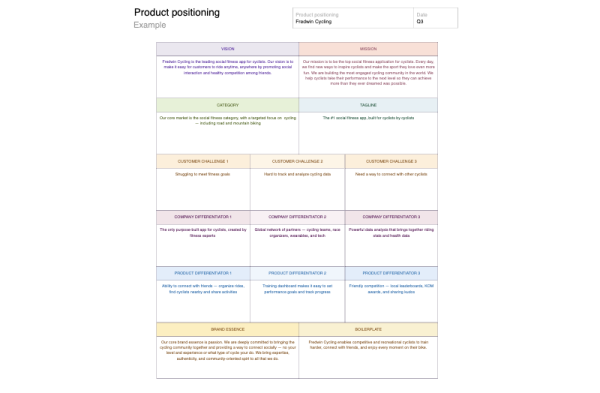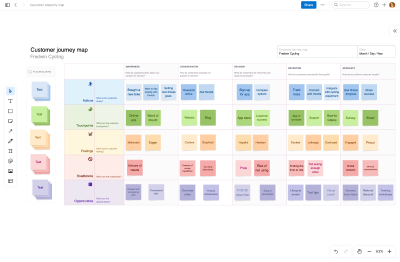How to manage your product requirements document (PRD)
Last updated: March 2024
A product requirements document (PRD) is the single most important artifact a product manager can maintain. This was true — assuming you were working in software 25 years ago.
Fast forward to the early aughts and quite a few product folks were making bold claims about the obsolescence of PRDs. These were relics of waterfall development. Fast-moving agile teams did not need to be bogged down by creating (and updating, then updating again) lengthy PRDs. Almost every modern product manager today considers PRDs to be passé.
Get the free templates: A modern approach to PRDs
Image this scenario: You have already put together a plan with the engineering lead. You are in agreement on what the team will build and everyone is ready to get to work. At this point, it seems unnecessary to spec out the new features in detail. Do you really need a bloated PRD to get going? Depending on when you began working in product, have you ever even seen an old-school PRD?
What is a product requirements document?
At its core, a PRD simply contains all the requirements for a product so that the product development team can understand what that product should do. When you think about it that way, PRDs are not only still relevant — these documents are essential. (Even if the format has shifted over time.)
New formats for PRDs are available in Aha! software — either as a note template or built right into the work items on your roadmap.
Get the PRD template below — with a free trial.
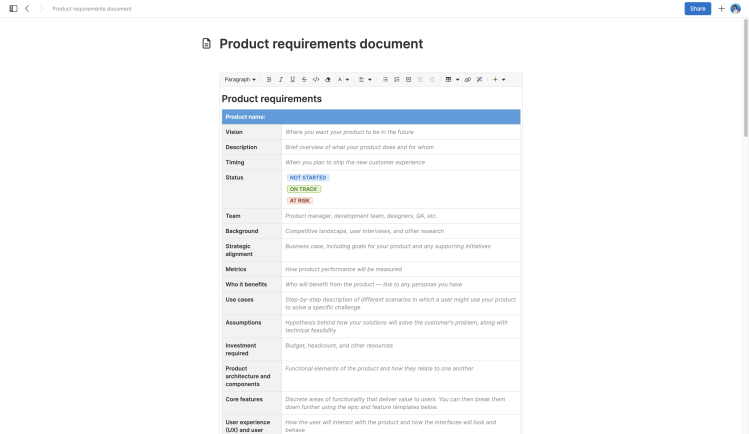
Now, let’s get into the weeds of product requirements documents to better understand why these were once so important and why so many folks balk at the prospect of creating one now.
Where do product requirements documents come from?
Waterfall. If there is one word that could make any product development teams shudder, this would be it. Waterfall was the prevailing methodology from the 1970s up until the 2000s. Teams focused on sequential development — rigid phases that each must be completed before the next could begin.
PRDs were an important part of waterfall. That is because building large software products was expensive and time-consuming. It makes sense then that the approach to building was oriented around a tight plan that ensured costs and schedules were vetted against copious upfront research, including feasibility studies and historical data. There was no room for incorrect, ambiguous, inconsistent, or missing information. And so the idea of requirements came to dominate — clearly defined PRDs that captured every aspect of the product were, well, required.
But as agile software development began to take hold, many people found that PRDs were fundamentally at odds with the emerging methodology. Consider the four values written in the original Agile Manifesto:
Individuals and interactions over processes and tools
Working software over comprehensive documentation
Customer collaboration over contract negotiation
Responding to change over following a plan
The tension is obvious. How could you innovate, iterate, and improve based on real user feedback if the team was anchored by a hefty novel of documentation about what must be built? As technology rapidly advanced and made it possible to quickly develop new functionality, no one wanted to wait around for an updated PRD before they started building the next enhancement. Or, worse yet, be at the mercy of the PRD blame game — where either side can claim that needed information was or was not in the PRD when the wrong thing gets built. (Assuming anyone actually reads it, since most PRDs could be upwards of 30 pages long.)
Critics of PRDs said that the exercise of creating one slows people down and limits big-picture thinking. Much of the information in a PRD comes from market research and historical data, which means that most of the contents are looking at the past — not what could be in the future.
What does a product requirements document look like?
A PRD looks like a table of contents for a product. (Note the example of the PRD template that we included above.) Usually organized in a series of tables, a PRD should contain the following:
Overview: The basics of what you are building, including status, team members, and release date.
Objective: Strategic alignment, including organizational goals or initiatives.
Context: Customer personas, use cases, competitive landscape, and other supporting material that will help the team develop a deeper understanding.
Assumptions: Anything that might impact product development positively or negatively, along with how you will validate, and any known dependencies.
Scope: What is a current priority and what will not be included now, but may be in a future release.
Requirements: Details of what should be built, such as user stories or wireframes.
Performance: Metrics for success.
Open questions: Anything the team anticipates or is unsure of yet how to answer.
The example below is a version of a PRD built in Aha! Roadmaps.
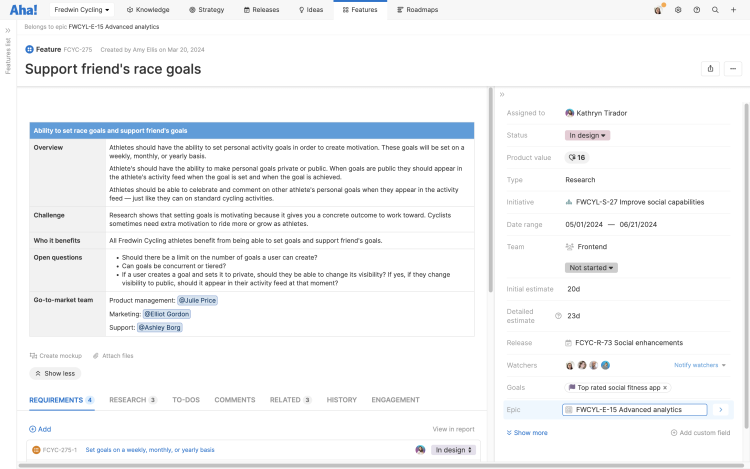
When do you need a product requirements document?
There are still plenty of scenarios where a PRD is not only needed, but imperative. PRDs are often still used in enterprise software because of security, regulatory compliance, or other policies. In healthcare and finance sectors, for example, other functional groups outside of the core product development team will need access to specific details of how the product works in order to complete their work — think about legal teams who may not have direct access to product managers and can reference the PRD instead. Depending on the product, customer support teams may rely on a detailed PRD to answer questions.
PRDs are also common in software development agencies that build technology for other companies. Clear documentation can ensure that client expectations are met and the scope of work is understood. The PRD will usually contain high-level goals and product vision, possible edge cases, security concerns, and how the client will be able to validate and test what developers build.
What are some alternatives to product requirements documents?
Many team members are involved in building, launching, and promoting a product. Some level of documentation and speccing out of what the team will create is needed — whatever you want to call it.
The product development team needs answers to the following questions:
What is the core objective?
Who are we building for?
What is the true value of what we are building?
How will our users interact with it?
What will it look like?
How will we ensure success upon launch?
The exercise of asking and answering can be useful to help product and engineering managers understand goals, details of the user experience, and the scope of a particular effort. When everyone shares the same information, you can move ahead faster.
There are some good checklists that teams can use to define features. Beyond that, here are a few more lightweight alternatives to a PRD:
When everyone on the product team understands your users and their problems, you can deliver meaningful customer experiences. The challenge is helping the team grasp how the product or a particular set of features solves real pain. Call it a PRD or call it what you want — great product managers provide the team with information that helps them think beyond functionality and get to the core of what customers really need.
